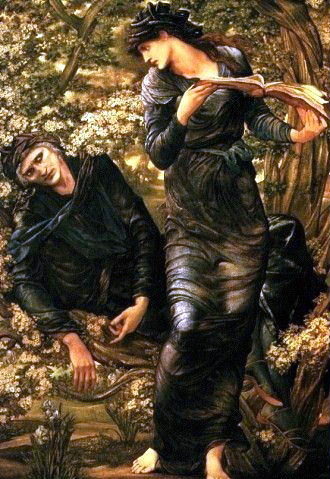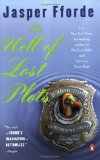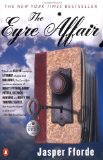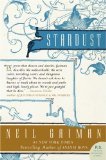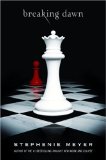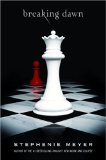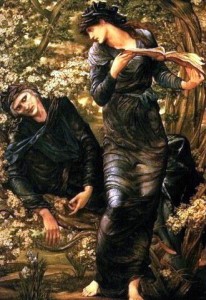 Yet again, it seems that King Arthur has become inspiration for a new work. The BBC ran the series Merlin in the UK last year, but it has only now reached the US. I just watched the first two episodes on Hulu. I didn’t hate it, and that’s a pretty ringing endorsement. Let me explain.
Yet again, it seems that King Arthur has become inspiration for a new work. The BBC ran the series Merlin in the UK last year, but it has only now reached the US. I just watched the first two episodes on Hulu. I didn’t hate it, and that’s a pretty ringing endorsement. Let me explain.
When I was a junior in college, I took Medieval Literature the same quarter as a special Topics in English class on Celtic Literature. The two often crossed, as when my Medieval Literature professor assigned Le Morte D’Arthur (volume II) while my Celtic Literature professor assigned The Mabinogion. Our version of The Mabinogion, like many others, includes not only the four branches of the Mabinogi, but also some early Welsh Arthurian Romances, such as “Culhwch and Olwen,” “The Lady of the Fountain,” and “Peredur son of Efrawg.” In these early tales, readers will meet some familiar characters, including Arthur himself, Gwenwhyfar (Guinevere), Gwalchmai (Gawain), Cei (Kay), Peredur (Percival), and many others. My Medieval Literature professor used to require outside reading (in addition to required texts), and he recommended Geoffrey of Monmouth’s History of the Kings of Britain. I didn’t read the entire book: just the parts about Arthur. This text also contains the story of King Lear (called Leir in this book, and possibly derived from the Welsh god Llŷr). I think I can definitively trace my interest in King Arthur to that quarter in winter 1991 when I took those classes. The cross-pollination of ideas served to make the subject much more interesting to me.
I am not as widely read in the subject as an expert, but for a layperson, I’ve read a lot. I know the canon. I really don’t like non-canonical Arthurian legend… unless it’s clever. For instance, Marion Zimmer Bradley’s The Mists of Avalon happens to be my favorite Arthur novel precisely because Bradley ingeniously tells the story of Arthur through the eyes of the women in his life: his mother, his wife, and most importantly, his much maligned sister Morgan le Fay. I also really liked the TV movie Merlin, starring Sam Neill. That film told the story through the eyes of Merlin, as this new TV series does (after a fashion). I absolutely detested the film First Knight, which should have been wonderful: Sean Connery as Arthur and Julia Ormond as Guinevere. What could go wrong? Well, for starters, Richard Gere as Lancelot. Also, let’s not offend American sensibilities. Instead of including an important plot point involving incest—Mordred is often portrayed as the result of a Arthur’s seduction by one of his sisters—the character Malagant is introduced as an antogonist raping Guinevere’s country of Lyonesse. Whatever.
I am not sure why deviation from canon bothers me so much. I only know that it does. Merlin isn’t bad. It clearly isn’t period, but most King Arthur stories aren’t, even the great Le Morte D’Arthur, so period detail doesn’t bother me as much. Arthur stories have never been period because each period seeks to make an Arthur after its own image, I think. I find some of the casting a little weird. The choice of making Guinevere Morgana’s servant is baffling. The Renaissance faire geek in me doesn’t mind some of strange sets, either. I will keep watching. I discovered Hulu lets you subscribe to a show via RSS, which is probably something everyone out there but me already knew.
At any rate, I think it’s inspired me to pick up some Arthurian fiction I haven’t read and dip back into The Idylls of the King, which can’t be bad at all.
